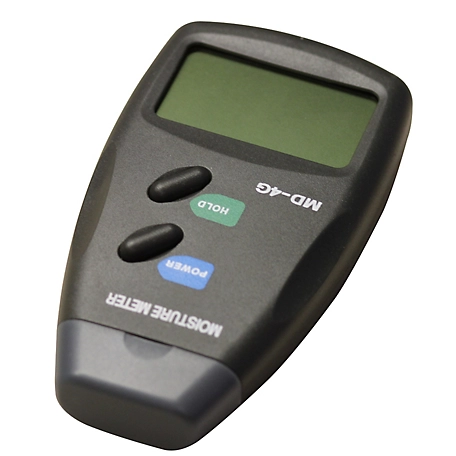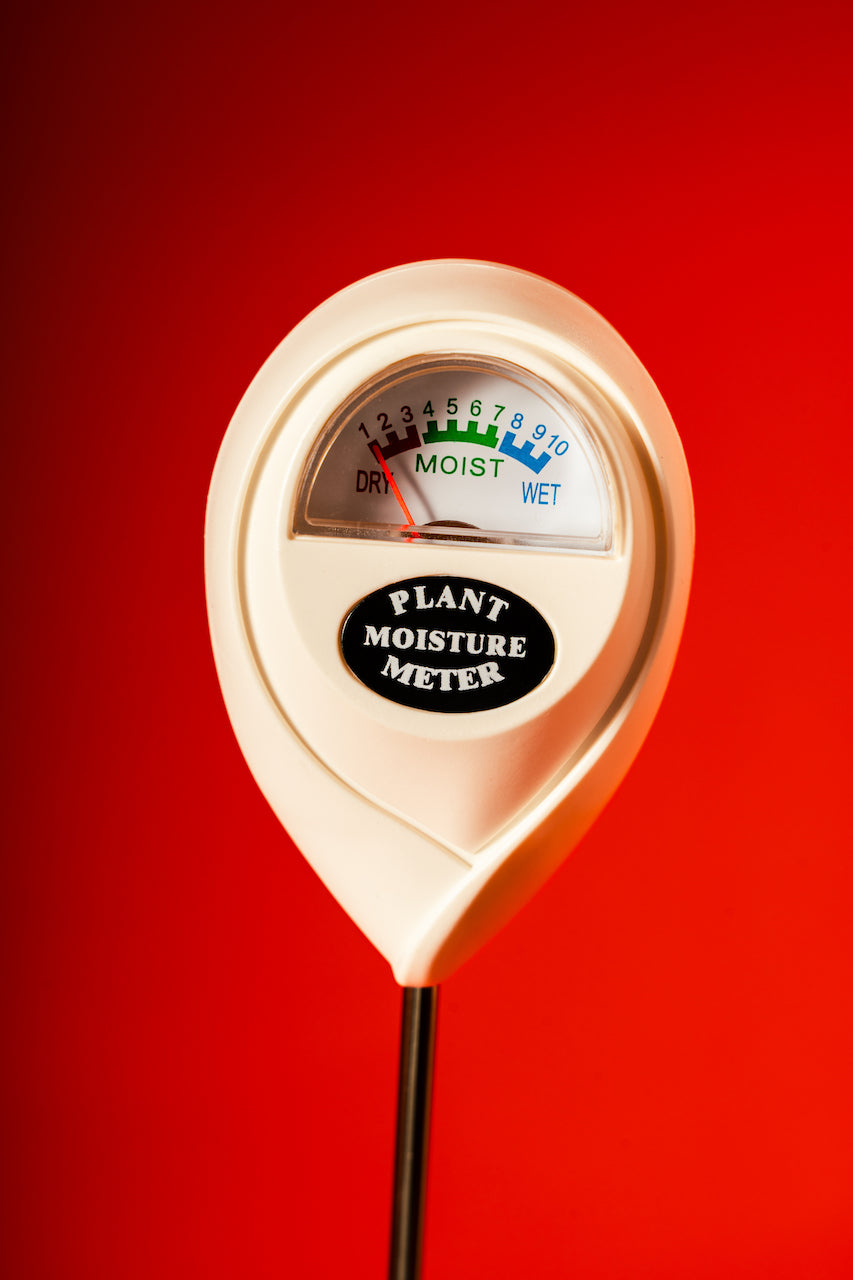Why Every Home Owner Demands a Moisture Meter: Trick Advantages and Features
Why Every Home Owner Demands a Moisture Meter: Trick Advantages and Features
Blog Article
Look Into the World of Moisture Meters: Everything You Need to Know
In the realm of moisture meters lies a world of accuracy and practicality that often goes unnoticed. These tools, while relatively straightforward, hold a riches of details that can significantly influence various sectors and applications. Recognizing how moisture meters operate, the various kinds available, and their diverse uses can drop light on their importance in ensuring top quality and effectiveness. By discovering the ins and outs of wetness meters, one can discover an important tool that goes beyond plain measurement, offering understandings that can make a substantial distinction in many areas.
Exactly How Moisture Meters Work
Moisture meters run by measuring the electrical conductivity or capacitance of products to identify the wetness web content present. These meters are invaluable tools across various sectors, consisting of woodworking, building and construction, and agriculture. By making use of various methods such as pin-type or pinless technology, wetness meters provide accurate readings that help specialists make notified choices.
Pin-type dampness meters function by placing the sharp pins into the product being examined. On the various other hand, pinless dampness meters make use of electro-magnetic signals to check a larger location without triggering any kind of damages to the material's surface area.
No matter the method made use of, dampness meters play a vital duty in stopping concerns such as mold growth, architectural damage, or product problems brought on by excess moisture. Comprehending exactly how these meters work is necessary for guaranteeing the high quality and honesty of materials in different applications.
Sorts Of Moisture Meters
Offered the vital role dampness meters play in different markets, it is vital to recognize the different types readily available to professionals for precisely assessing moisture levels - Moisture Meter. There are largely 2 primary sorts of dampness meters: pin-type and pinless wetness meters

On the various other hand, pinless wetness meters make use of electromagnetic sensing unit plates to scan a bigger area of the product without creating any type of damage. This kind appropriates for quickly scanning large locations and is generally used for flooring, wall surfaces, and ceilings. Pinless meters are practical for taking analyses on finished surface areas without leaving any kind of visible marks.
Both kinds of moisture meters have their advantages and are chosen based on the certain demands of the task available. Understanding the differences in between these types is essential for specialists to make exact dampness evaluations.
Applications Across Industries
Building professionals rely on moisture meters to analyze the wetness degrees in building materials like wood, concrete, and drywall, which is important for keeping architectural stability and preventing problems like rot or mold and mildew. The floor covering market makes use of dampness meters to gauge the wetness material in subfloors prior to setting up various floor treatments, avoiding expensive site problems due to excess wetness. In the food market, moisture meters are utilized to check and regulate moisture degrees in items such as grains, nuts, and dried fruits to maintain quality and quality.
Tips for Using Dampness Meters
Use the wetness meter's calibration settings to make sure precise readings when measuring the moisture material in numerous products. Calibration is essential for the correct performance of a dampness meter. Before each usage, it is recommended to examine and change the calibration settings according to the certain material being tested. Additionally, make certain the meter is established to the right wetness range for the material you are measuring to obtain one of the most accurate results.
When using a pin-type moisture meter, place the pins to the ideal depth advised for the material being checked. This guarantees that the wetness analyses are taken from the right deepness within the product, providing a more accurate representation of its moisture web content. For pinless wetness meters, remember to maintain proper contact with the material's surface area to obtain reliable analyses.
Regularly inspect and change the batteries in your moisture meter to avoid inaccurate readings due to reduced power. Shop the meter in a completely dry and secure place when not in usage to prolong its lifespan and preserve its precision. By adhering to these ideas, you can make best use of the performance of your dampness meter and acquire specific moisture material measurements across different products.
Upkeep and Calibration
To guarantee the accuracy of wetness material dimensions, routine upkeep and calibration of the dampness meter are crucial steps in its correct performance. Calibration changes the moisture meter to make certain that it supplies constant and trustworthy results.
Calibration ought to be executed periodically, particularly if the wetness meter is made use of often or in go right here essential applications where specific measurements are needed. Many moisture meters come with calibration tools or can be adjusted by expert services. Moisture Meter. It is suggested to maintain a log of calibration dates and results to track the performance of the wetness meter gradually. By maintaining and calibrating the moisture meter consistently, individuals can rely on the precision of the wetness web content dimensions obtained.
Final Thought

To conclude, wetness meters play a critical duty in numerous industries by accurately measuring the wetness web content of materials. Understanding how these gadgets function, the various kinds readily available, and appropriate upkeep and calibration are vital for getting reliable results. Whether in manufacturing, agriculture, or building, using moisture meters assists make certain top quality control and effectiveness in processes.

In final thought, dampness meters play a critical role in different industries by precisely gauging the dampness content of products.
Report this page